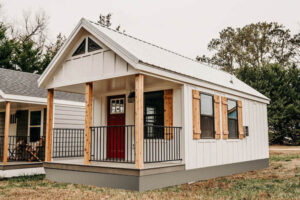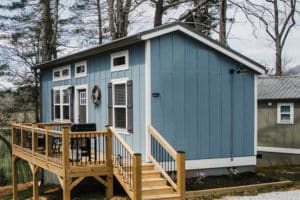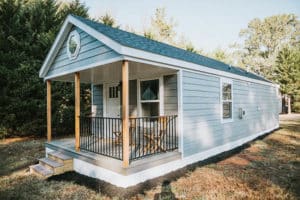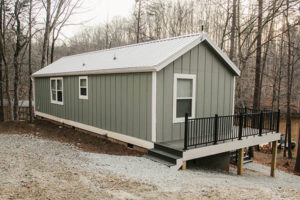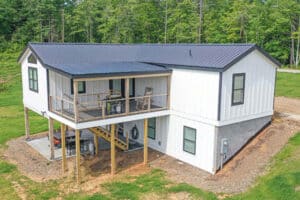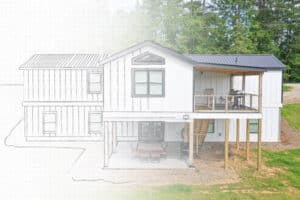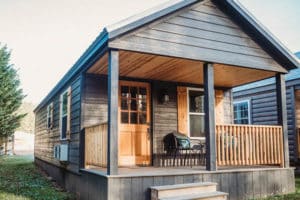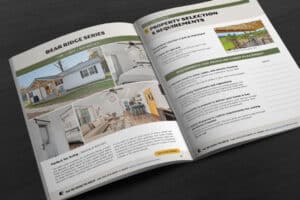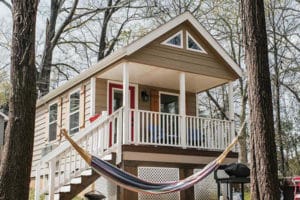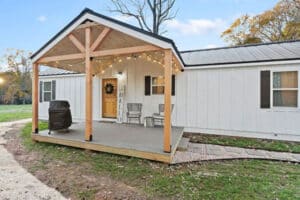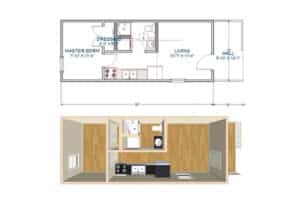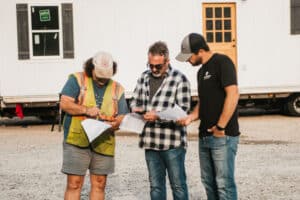MANY THINGS COME INTO PLAY
Both we as the manufacturer and you as the consumer have a part to play in making your cabin dream a reality. The following information covers some basic regulations and need-to-know facts regarding the responsibilities required for the manufacturing and installation of a modular dwelling.
CUSTOMER RESPONSIBILITIES
As the customer, your responsibilities in the process involve finding a plot of land and providing a block foundation for your modular home to be set on.
When locating a piece of land, be sure that there is access to sewer, water, and electric hookup. This can dictate actual placement of the modular building, so be sure to give careful consideration to this step. Upon locating an area of land that you think will work well, contact your local township to confirm that your building will meet the zoning requirements and regulations for that area. If the township gives its approval, then you are ready to move on to step 2!
Step 2 involves the building of a block foundation for the modular home building to be set on. In order to accomplish this, you may need to obtain the assistance of a site preparation professional in your area. The block foundation should create a minimum of 18” between the cabin subfloor and the ground to ensure there is plenty of space for hooking up plumbing. We at Westwood Cabins will also help with the process by providing detailed foundation plans that you can follow, as well as answering any questions you may have!
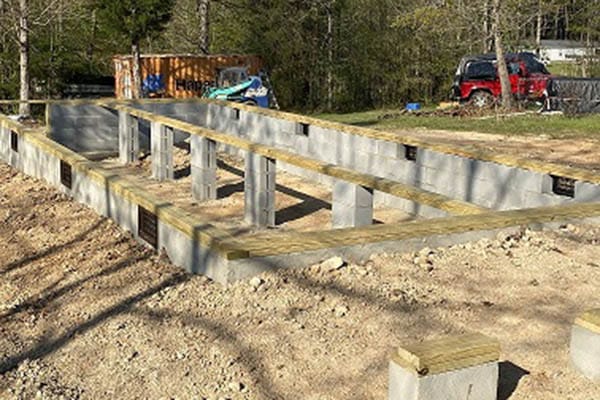
Download the Cabin Planning Guide for a helpful checklist!
WESTWOOD RESPONSIBILITIES
As the manufacturer, our responsibility in the process is creating a building that meets all modular building codes for your area.
This can be quite a tricky endeavor, because modular home building codes can vary depending on the state and exact location. There are many factors that can play into modular building code variability. Three of the biggest factors are wind zones, seismic zones, and snow loads. Wind zones refer to how much wind an area might be subject to. Seismic zones, on the other hand, refer to how much vibration of the earth’s crust an area might be subject to. And, as you may have already guessed, snow loads refer to how much snow an area usually gets. These factors must be taken into consideration when building a modular dwelling, because they could change the requirements for the following:
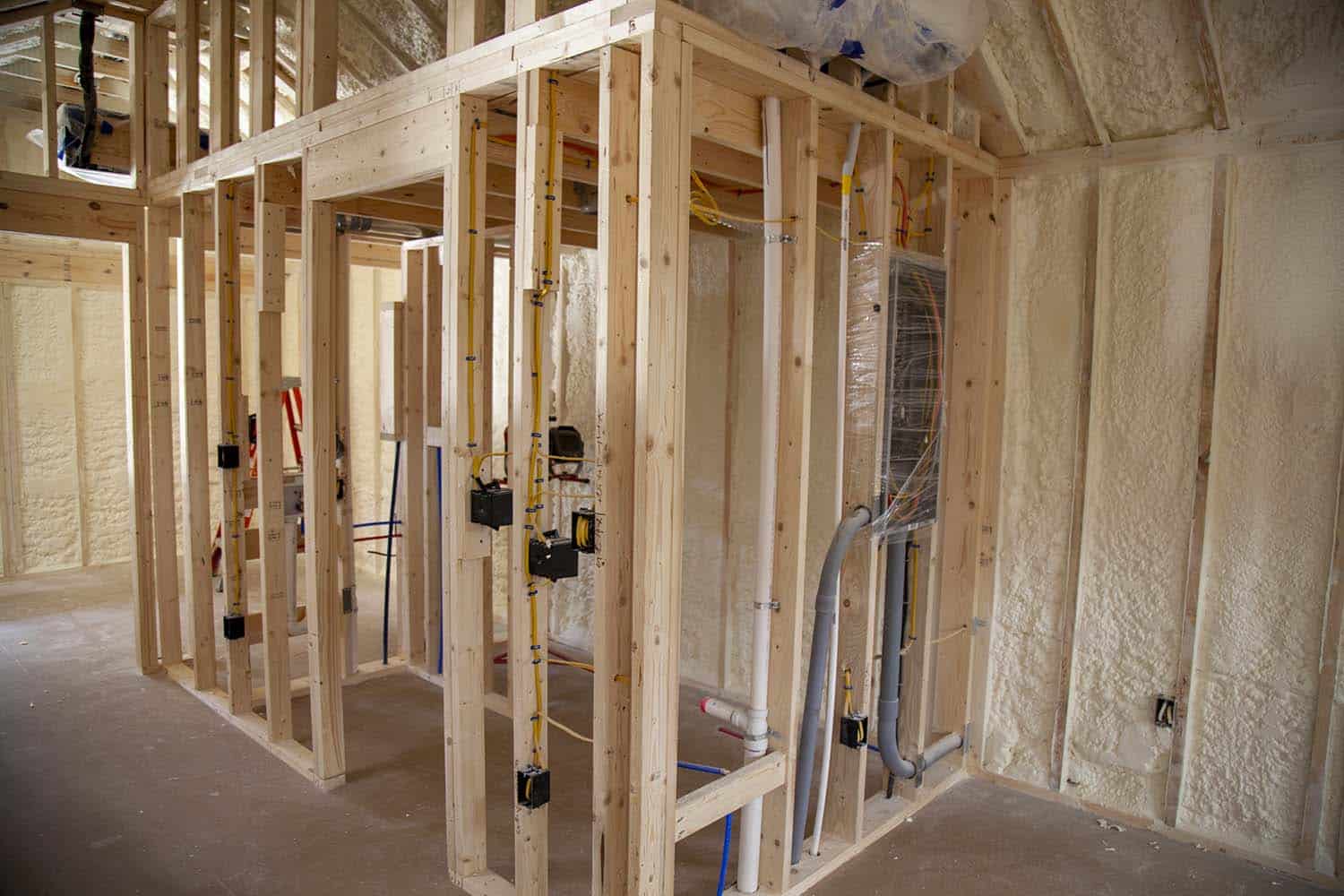
Things location and conditions can affect:
- Plumbing systems
- Electrical systems
- Minimum room sizes
- Ceiling heights
- Wall structures
- Ventilation systems
- Exterior wall coverings
- Roof systems
- Fireplaces
- Sanitary drainage systems
To ensure that our building meets all of the modular home building codes in your area, Westwood Cabins will provide a certified set of plans for the customer or builder to submit to the local building council. Upon obtaining approval, we can legally move ahead with setting our modular building on your prepared block foundation.

